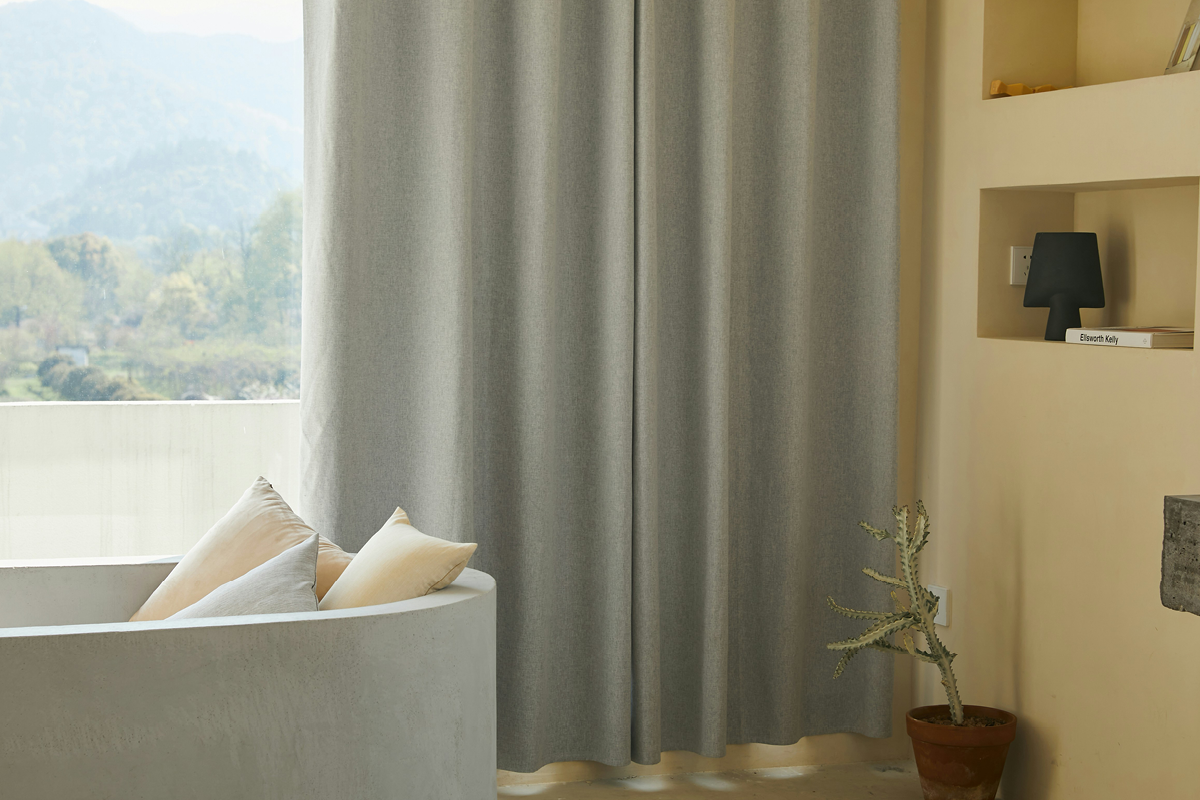DO YOU HAVE TOO MUCH FURNITURE IN YOUR HOME?
Keeping your home cosy and functional isn’t just about choosing the right paint or stylish decor. The amount of furniture you have plays a big role. Too much furniture can turn your space into a cluttered, frustrating place to be.
Below, interior design expert Zoe Warren at PriceYourJob.co.uk explains everything you need to know. Recognising these signs of over-furnishing will allow you to take the huge first steps in creating a home that feels open, relaxing, and joyful to live in. :
Limited Mobility
If walking across your living room feels like a maze, this is a clear sign that you have too much furniture in there. Small rooms fill up fast and easily, making it hard to move around with ease. Arrange furniture carefully, leaving enough walking space for you to get from one part of the room to another without bumping into things. Use furniture that is suitable for the size of the room and avoid overcrowding.
Visual Clutter
A room filled with too much furniture will often look chaotic and unappealing. Too many pieces will mean that your eyes are constantly jumping from one object to the next, creating a sense of chaos that can make you feel stressed or anxious. Measure out the size of your space before adding any new furniture, and always stop to ask yourself if a piece is really necessary or if it is going to just add to the clutter.
Rooms Feel Smaller and Less Inviting
Too much furniture can create the optical illusion of a room being much smaller than it actually is. Crowded spaces hide the true size of your rooms and when furniture blocks natural light or wall views, it creates the illusion of less space. Uncluttered rooms feel larger and more welcoming so if your home feels cramped, over furnishing could be the root cause.
Negative Atmosphere
An overloaded room will not feel cosy and welcoming but instead feel chaotic and stressful. A minimal clean-designed home invites relaxation and comfort whereas a crowded one leaves you feeling anxious and overwhelmed. Opt for a balanced approach, keeping only what you need in order to create a warm, inviting atmosphere.
More Time and Effort to Keep Clean
More furniture means more surfaces to dust, vacuum, and wipe. It can become overwhelming, especially if many pieces are tightly packed together. Sometimes if we feel too buried under chores it makes us want to avoid cleaning altogether, leading to our homes becoming dirty, unsightly, and unhygienic.
Costly Upkeep and Repairs
Excessive amounts of furniture will lead to it wearing out faster and you may find yourself paying for repairs or replacements more often. Regularly assess what furniture is worth keeping. Donate or sell items that no longer serve a purpose within your home and only keep the items that add value or spark joy.
Reduced Room for Activities
Over furnishing brings huge limits what you can do within a room. It’s hard to exercise, work, or entertain guests when space is tight. The solution is to reduce the amount of furniture within your home and choose flexible, multi-use pieces that can help to maximise space and versatility.
Difficulty Relaxing or Focusing
When your room is packed with furniture, it’s tougher to relax or concentrate. Too many pieces create distractions, making it hard to unwind or get work done. The time has come to embrace minimalism if you haven’t already, as fewer items of furniture means more calm and better focus.
Drawers and Cupboards Can’t be Opened
If you can’t access items in drawers and cupboards, it might be because you have too much furniture. These units require some space to open and close properly, and packed rooms will often prevent you from reaching the items at the back because the drawers and doors cannot be opened fully.
Lack of a Consistent Theme
Mismatched furniture is unappealing to the eye, and even if your home is large, rooms can look messy and overfilled if your pieces do not go together aesthetically. As well as carefully considering the amount of furniture within a room, ensure that the pieces you do have work well together as part of an overall scheme in terms of colours, textures, shapes, and materials.
Final Thoughts
Too much furniture can make your home feel smaller, messier, and a more stressful environment to live in. Cramped spaces, difficulty moving, and increased cleaning time can all be signs that you need to remove the clutter/
Recognise the emotional toll clutter can take and strive for a balanced setup. Regularly evaluate your furniture needs and remember that less often means more in terms of your comfort and peace at home. Keep your space open, functional, and inviting by managing your furniture levels carefully.
ABOUT THE AUTHOR… ZOE WARREN: Zoe Warren has worked as an interior design expert for over 10 years. Zoe is skilled at creating beautiful home designs and can work with a range of budgets to suit the homeowner. In addition, Zoe also provides expert interior design tips and advice for PriceYourJob.co.uk, and her tips have been published in a range of leading press publications.














